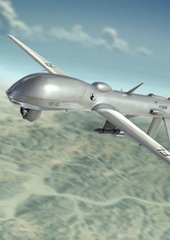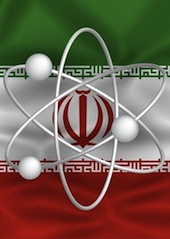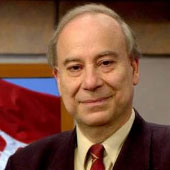Did Obama Love Drones Too Much?
Does the United States fully understand what it has wrought through the use of armed drones?
May 24, 2013

“The Jonas Brothers are here. They’re out there somewhere,” a smiling and confident President Barack Obama told the expectant and glittering audience attending the White House Correspondents’ Dinner in Washington on May 1, 2010.
“Sasha and Malia are huge fans, but boys, don’t get any ideas. I have two words for you: ‘predator drones.’ You will never see it coming. You think I’m joking?”
Obama’s banter may have seemed tasteless, given that he had just been awarded the Nobel Peace Prize, but this was not a Freudian slip.
The president was indicating he possessed Zeus-like power to hurl thunderbolts from the sky and obliterate anyone with impunity, even an American pop group.
One report said he had a “love” of drones, noting that by 2011 their use had accelerated exponentially. It was also revealed that Obama had a secret “kill list.”
Having read Saint Augustine and Saint Thomas Aquinas, and their ideas of the “just war” and “natural law,” which promote doing good and avoiding evil, did not deter Obama from a routine of going down the list to select names and “nominate” them, to use the official euphemism, for assassination.
Harrison Akins of American University reads an excerpt from The Thistle and the Drone at the Brookings Institution in Washington, D.C.
I wondered whether the learned selectors of the Nobel Peace Prize had begun to have second thoughts.
As its use increased, the drone became a symbol of America’s war on terror. Its main targets appeared to be Muslim tribal groups living in Afghanistan, Pakistan, Yemen, and Somalia.
Incessant and concentrated strikes were directed at what was considered the “ground zero” of the war on terror, Waziristan, in the Tribal Areas of Pakistan.
There were also reports, however, of U.S. drones being used against other Muslim tribal groups like the Kurds in Turkey and the Tausug in the Philippines, and also by the United Kingdom against the Pukhtun tribes of Afghanistan, by France in northern Mali against the Tuareg, and even by Israel in Gaza.
These communities — some of the most impoverished and isolated in the world, with identities that are centuries old — had become the targets of the twenty-first century’s most advanced kill technology.
The drone embodied the weaponry of globalization: high-tech in performance, sleek in appearance, and global in reach.
It was mysterious, distant, deadly, and notoriously devoid of human presence. Its message of destruction resounded in its names: Predator and Reaper.
For its Muslim targets, the UAV, or unmanned aerial vehicle (its official title), had an alliterative quality — it meant death, destruction, disinformation, deceit, and despair.
Flying at 50,000 feet above ground, and therefore out of sight of its intended victims, the drone could hover overhead unblinkingly for twenty-four hours, with little escaping its scrutiny before it struck.
For a Muslim tribesman, this manner of combat not only was dishonorable but also smacked of sacrilege.
By appropriating the powers of God through the drone, in its capacity to see and not be seen and deliver death without warning, trial, or judgment, Americans were by definition blasphemous.
In the United States, however, the drone was increasingly viewed as an absolutely vital weapon in fighting terrorism and keeping America safe. Support for it demonstrated patriotism, and opposition exposed one’s anti-Americanism.
Thus the debate surrounding the drone rested on its merits as a precisely effective killing machine rather than the human or emotional costs it inflicted.
Drone strikes meant mass terror in entire societies across the world, yet little effort was made on the part of the perpetrators to calculate the political and psychological fallout, let alone assess the morality of public assassinations or the killing of innocent men, women, and children.
Even those who rushed to rescue drone victims were considered legitimate targets of a follow-up strike.
Americans did not seem concerned at the time that they were creating dangerous precedents for other countries.
Editor’s note: This article is adapted from The Thistle and the Drone: How America’s War on Terror Became a Global War on Tribal Islam (Brookings) by Akbar Ahmed. Published by arrangement with the author and the Brookings Institution Press. Copyright © 2013 by Akbar Ahmed.
Takeaways
Obama was indicating he possesses Zeus-like power to hurl thunderbolts from the sky and obliterate anyone.
For Muslim tribesmen, who aren't generally terrorists, this manner of combat is dishonorable and sacrilegious.
U.S. debate over drones rests on its merits as an effective killing machine — rather than on human or emotional costs.
Read previous

Iran, Syria and Blurry Red Lines
May 23, 2013
